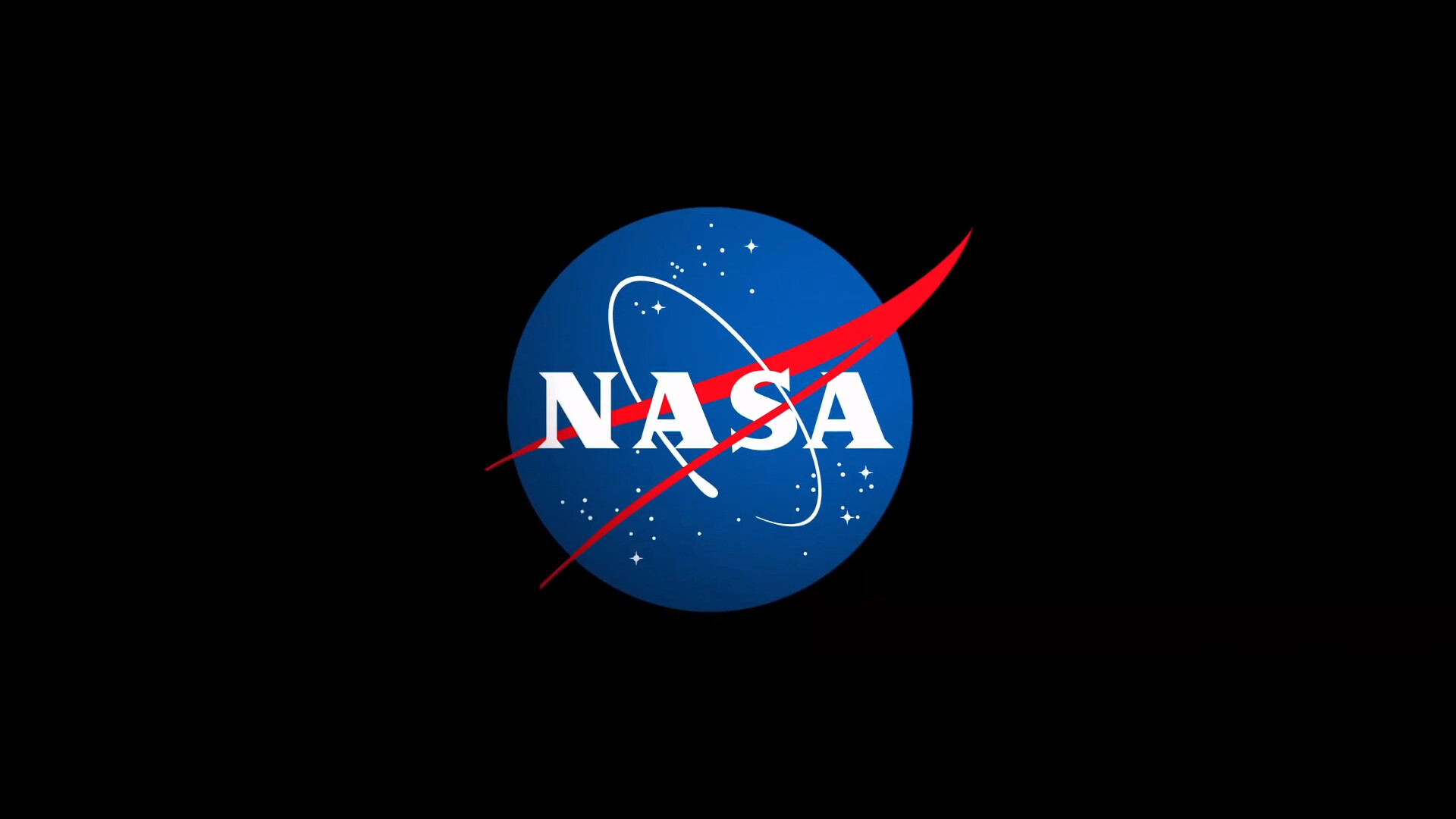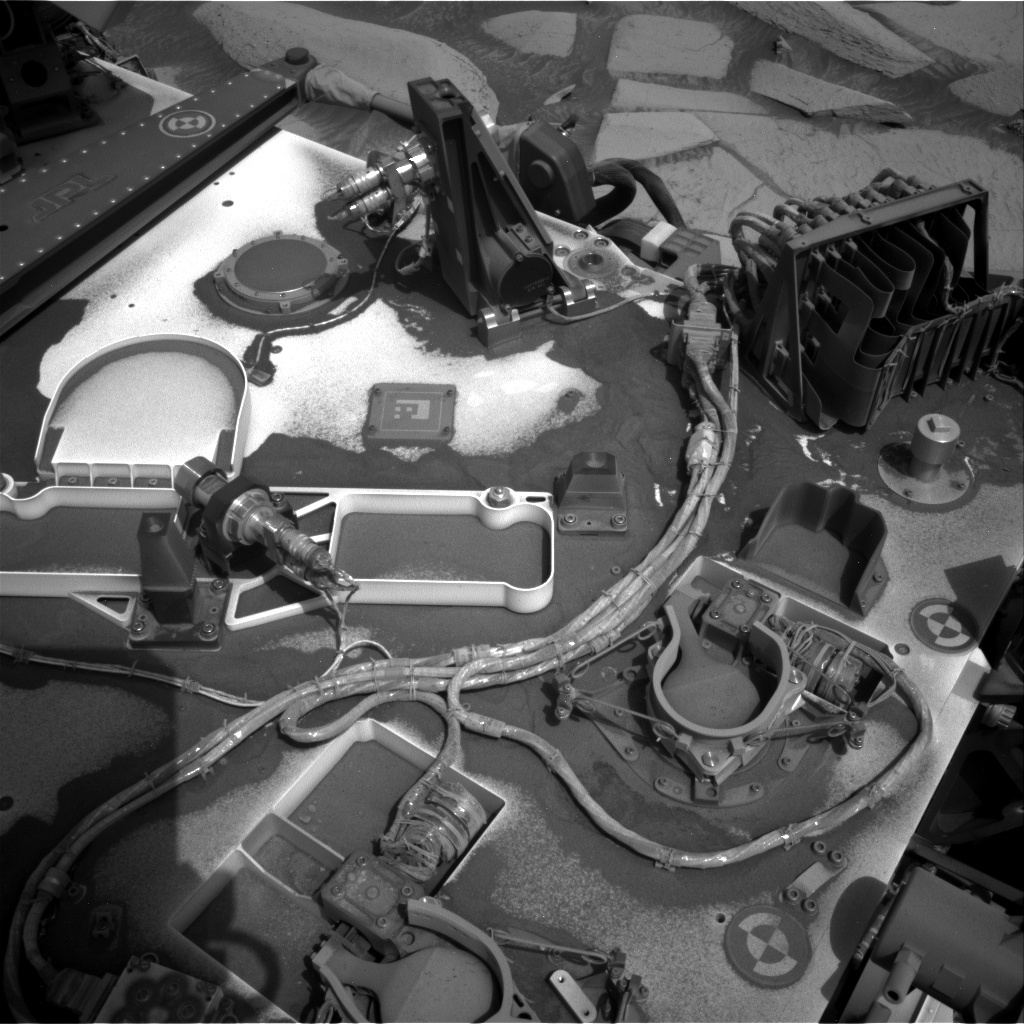Mars News & Features

Sols 4166-4167: A Garden Full of Rocks
Earth planning date: Wednesday April 24, 2024 Here on Earth (in Toronto, specifically), it’s a very typical April which can’t quite make up its mind about whether or not it wants to be spring. On Mars (in Gale Crater), we’re…

Sols 4164-4165: What’s Around the Ridge-bend?
Earth planning date: Monday, April 22, 2024 Curiosity succeeded on a ~14 m drive along a bend in upper Gediz Vallis ridge (uGVR) to park next to “Pinnacle Ridge,” an outcrop of uGVR to the north. Benefitting from a…

Sols 4161-4163: Double Contact Science
Earth planning date: Friday, April 19, 2024 Curiosity has a three-sol weekend plan coming up as it makes progress along the edge of upper Gediz Vallis ridge. We have observations planned to investigate multiple bedrock targets with interesting rippled textures,…

Why is Methane Seeping on Mars? NASA Scientists Have New Ideas
The most surprising revelation from NASA’s Curiosity Mars Rover — that methane is seeping from the surface of Gale Crater — has scientists scratching their heads. Living creatures produce most of the methane on Earth. But scientists haven’t found convincing…

Sols 4159-4160: A Fully Loaded First Sol
Earth planning date: Wednesday, April 17, 2024 Curiosity continues to make progress along the margin of upper Gediz Vallis ridge, investigating the broken bedrock in our workspace and acquiring images of the ridge deposit as the rover drives south. Today’s…

NASA’s Ingenuity Mars Helicopter Team Says Goodbye … for Now
The final downlink shift by the Ingenuity team was a time to reflect on a highly successful mission — and to prepare the first aircraft on another world for its new role. Engineers working on NASA’s Ingenuity Mars Helicopter assembled…

Comet Geyser: Perseverance’s 21st Rock Core
After investigating the high-standing bedrock at the Bunsen Peak workspace deep within the Margin Unit, the unique nature and composition of this rock was deemed worthy for collection of Perseverance’s 21th rock core sample, Comet Geyser! Bunsen Peak is named…

Sols 4157-4158: What is That??
Earth planning date: Monday, April 15, 2024 On most sols of planning, the science team does their best to balance collecting new observations of the “typical” with the “unusual.” The dividing line between those is subjective, but informed by the…

NASA Sets Path to Return Mars Samples, Seeks Innovative Designs
NASA Administrator Bill Nelson shared on Monday the agency’s path forward on the Mars Sample Return program, including seeking innovative designs to return valuable samples from Mars to Earth. Such samples will not only help us understand the formation and…

Sols 4154-4156: Bumpy Driving up the Mountain
Earth planning date: Friday, April 12, 2024 As we’ve continued to drive up into Gediz Vallis, the ground in front of us has become increasingly littered with large rocks sticking up out of the sand. While certainly good for geology,…
